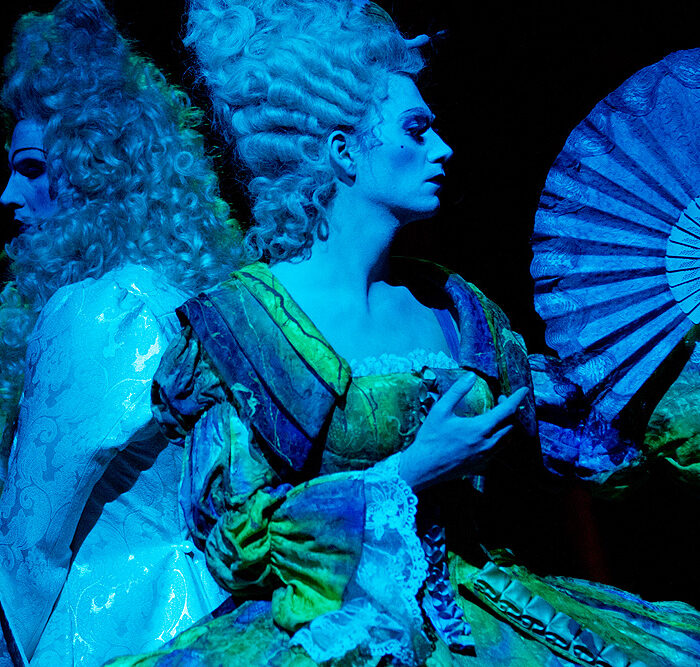
Opera Profile: Alice in Wonderland
By John Vandevert“Alice in Wonderland” is a eight-scene, contemporary opera by Korean composer Unsuk Chin (1961-) with the libretto co-written by Chin and eminent Chinese-American writer David Henry Hwang, the librettist for other composers such as Huang Ro, Osvaldo Golijov, and Phillip Glass.
The opera was composed between 2004 and 2007 and based upon the novels Alice’s Adventures in Wonderland (1865) and Through the Looking-Glass (1871) by 19th century English author Lewis Carroll. Musically, Chin drew from an eclectic range of compositional influences including Ravel, Handel, Elgar, Stravinsky and Puccini, while also utilizing unconventional instruments like musical saws and an accordion as a homage to Gershwin’s playful orchestrations.
Chin also pulled from her experiences studying under György Ligeti, as described by New Yorker critic Alex Ross. The opera was a commissioned piece by third-generation Japanese-American conductor Kent Nagano and premiered on June 30th 2007 at The Bavarian State Opera, directed by Brecht-taught producer Achim Freyer.
However, the first official recording of the opera took place three days prior during the Munich Opera Festival. The work was deemed a success and later, the work’s premiere was deemed “The World Premiere of the Year” by the German opera magazine Opernwelt. The costumes, created by Nina Weitzner, featured giant heads on top of dancers dressed in dramatized clothing who acted as body doubles for the unseen singers.
Plot
The opera’s plot revolves around Alice’s attempt at finding her identity, revolving between obscure depictions of sensitivity to unsettling depictions of brutality and absurdity. Audiences first observe Alice meeting the white rabbit who then leads down a hole to Wonderland where her ideas about reality, truth, and love are all flipped upside down until she finds her way back to her reality, changed by her experiences.
Following Alice’s descent into Wonderland (Scene one), Scene two shows Alice in “The Pool of Tears,” an allegory for Alice’s guilt at indulging her emotions as Wonderland causes her to become internally confused at her loss of self-identity.
Scene three takes in the house of the White Rabbit, the abode of her rapidly escaping childhood innocence to which her identity was so heavily placed. After Alice’s confusing talk with a caterpillar,
Scene four is Alice’s realization of Wonderland’s madness and the paradigm shift necessary to understand its seemingly chaotic organization. The climax of the scene is the moment when the Duchess’ baby turns into a pig, and its savage treatment is seen as standard practice. Alice comes to embrace the uprooting of convention and tradition, but does not yet realize Wonderland is her externalized imagination.
Scene five and six depicts the Mad Hatter’s tea party and the Red Queen’s infamous croquet party respectively.
The final two scenes force Alice to confront the inherent absurdity of Wonderland, disguised within a facade of order and familiarity. As Alice stands on what looks like a typical trial, the judge cannot find any verdict as unimportant details are valued over heavier points. Entirely wasteful, Carrol (through Alice) points to the pointlessness of the legal system’s ability to solve issues and reach stable conclusions. The final scene is when Alice returns to the real world having had her entire worldview overturned and reformed thanks to her dream.
Listen
Categories
Opera Wiki

